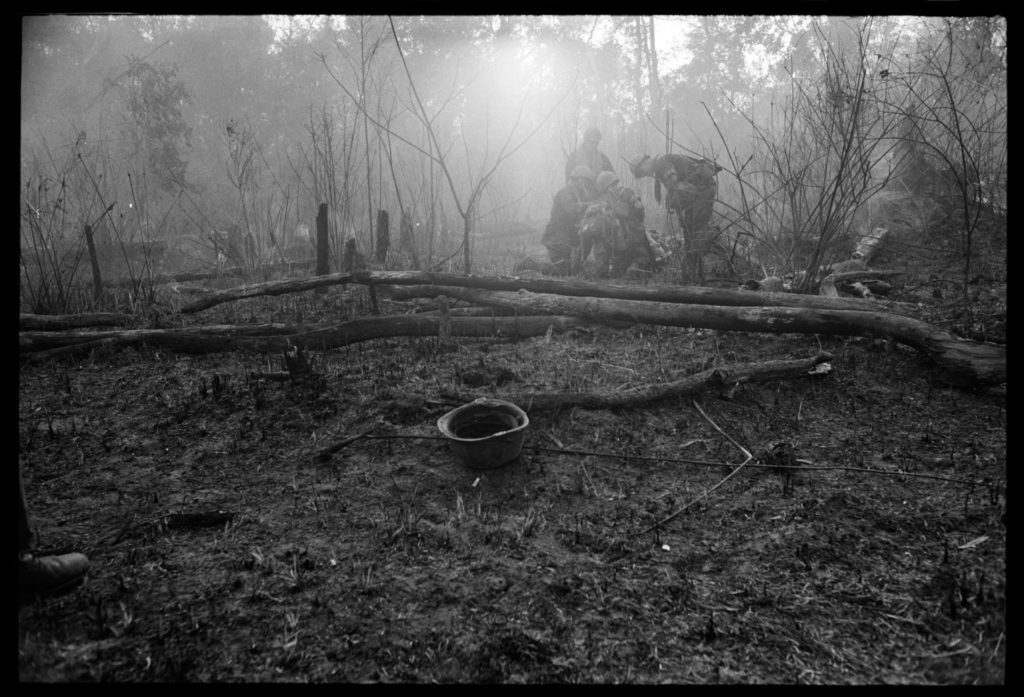Final Proposals
-
-
International Pirate Trials
International Pirate Trials
Data Critique
This data set is created from the Law Library of Congress’ collection of trial records on piracy (https://www.loc.gov/law/help/piracy/piracy_trials.php). The documents range between 1696-1905. As it is still in creation (by me), the specifics of what is recorded is subject to change. Currently, the dataset identifies: the name of the person on trial, the date and location of the trial, where they are from (if known), the charges against them and the outcome of the trial. It also includes the ship, if relevant and any extra notes that seem pertinent.
-
-
Final Project Proposal: Space and Community in Pittsfield, Massachusetts
The data being used in this project is compiled from United States census records of Pittsfield, Massachusetts from the years 1900, 1920 and 1940. By 1900, Pittsfield began including ward data within the federal census. Starting with some of the larger ethnic populations that immigrated into the city during this forty year period, this project aims to focus on the following immigrant groups: German, Irish, English, Polish, Austrian, Italian, and French residents of Pittsfield.
Contained within these census records is basic information about the individuals living within the city of Pittsfield, Massachusetts. This includes the name, birth year, birth location, gender, ward residence, position in family, and any known family members of each individual listed on the census. By focusing on ward residence and birth locations from the three specified time periods it is possible to discern and interpret immigration patterns within the city, where different ethnic and racial groups were living, and how this changed throughout the first half of the twentieth century. This then leads to a series of research questions:
- Were different ethnic and racial groups living within specific wards within the city?
- Was there overlap within each ward where different ethnic and racial groups were living?
- How did population number of a certain ethnic or racial group impact population disbursement of that group?
- How might have population and ward location of one ethnic or racial population have affected the population and ward location of another group?
- How does Pittsfield’s overall population change overtime? (emphasizing that the city is always evolving in size and culture)
- How was Pittsfield’s population impacted by larger immigration movements? (ex: Irish immigration, the Great Migration from Eastern and Southern Europe)
-
Final Proposal or: How I Learned to Stop Worrying and Love the Data Set
Data Critique
University of Pennsylvania Museum of Archaeology and Anthropology – Online Collections
